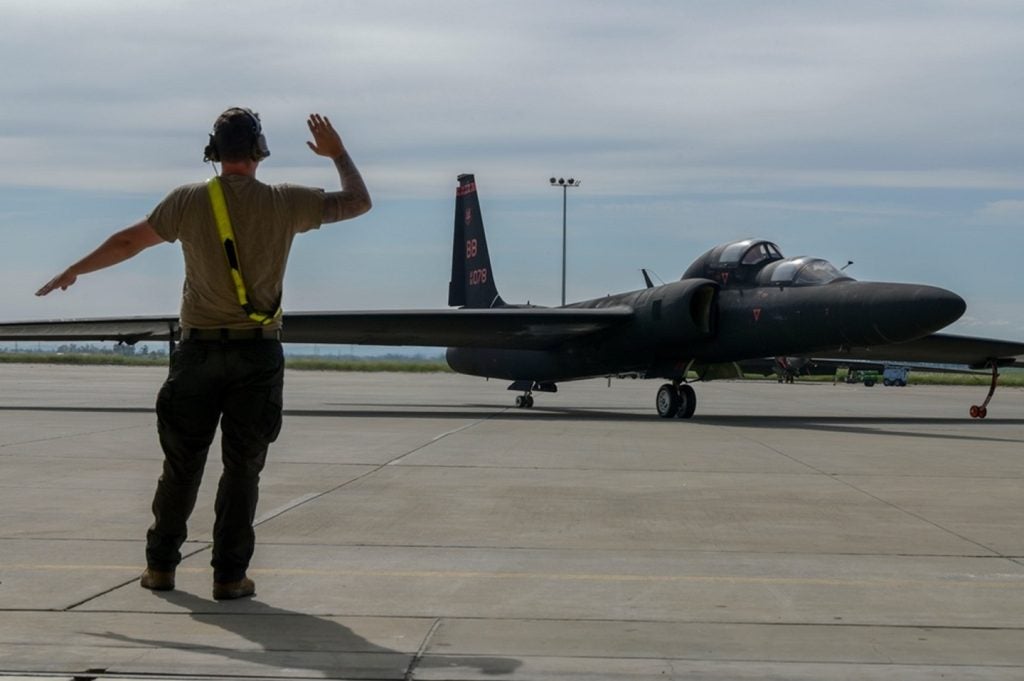Block MEMS has received a Phase II award of the Intelligence Advanced Research Programs Activity (IARPA) programme for the standoff detection of explosives and toxic chemical threats.
Called ‘Standoff Illuminator for Measuring Absorbance and Reflectance Infrared Light Signatures’ (SILMARILS), the IARPA programme is managed by the US Air Force Research Laboratory (AFRL) at Wright-Patterson Air Force Base in Ohio, US.
Block MEMS CEO Dr Petros Kotidis said: “The technology being developed under this programme has far-reaching applications within the security markets, as it will eventually enable the highly sought-after capability of standoff detection of trace chemical threats.
“Ranging from protection of soft targets against explosive terrorist attacks and faster check-in lines at transportation terminals and airports, to detection of chemical warfare agents (CAWs) and better surveying of contaminated ground and surfaces, the SILMARILS capability will revolutionise the field of chemical security.”
During Phase I of the programme, Block MEMS successfully demonstrated its capability to detect trace quantities of explosives and other threats on multiple surfaces at 1m and 5m standoff distances within only a few seconds.
The company also developed a benchtop system based on quantum cascade lasers in addition to a new chemical detection algorithm.
How well do you really know your competitors?
Access the most comprehensive Company Profiles on the market, powered by GlobalData. Save hours of research. Gain competitive edge.

Thank you!
Your download email will arrive shortly
Not ready to buy yet? Download a free sample
We are confident about the unique quality of our Company Profiles. However, we want you to make the most beneficial decision for your business, so we offer a free sample that you can download by submitting the below form
By GlobalDataThe algorithm helps combine powerful information processing techniques, simulations of light / material interactions, and modelling of anticipated detected signatures with an aim to remove the effect of clutter, reduce false alarm rates, and improve limits of detection.
The contract for the Phase II of the IARPA programme is valued at $10.7m.







